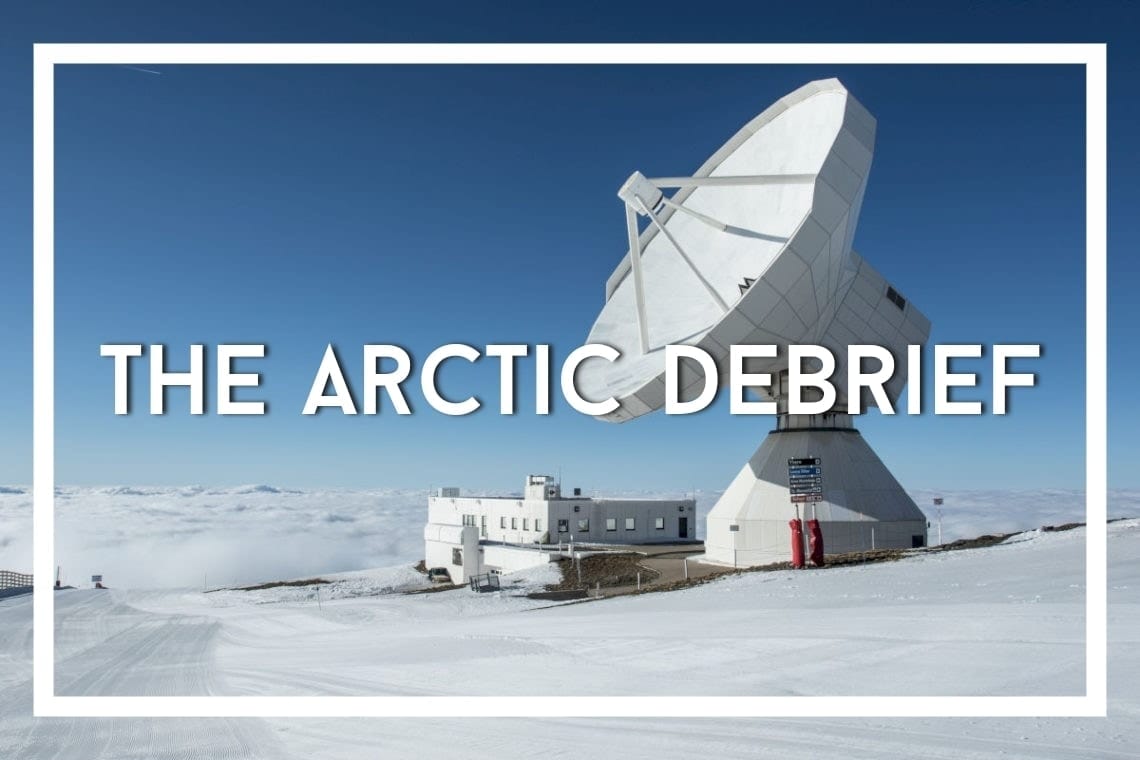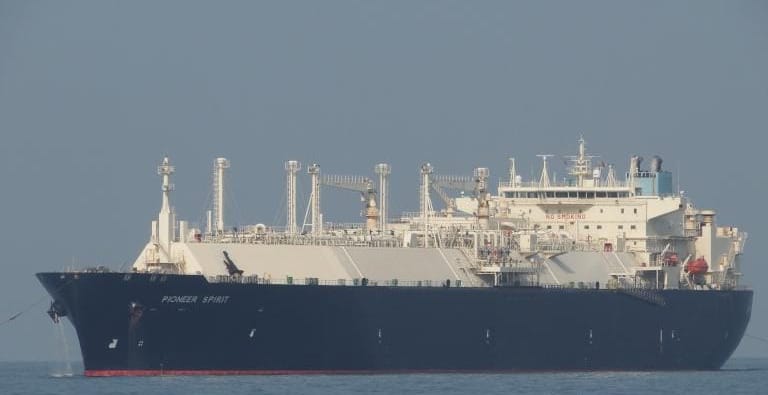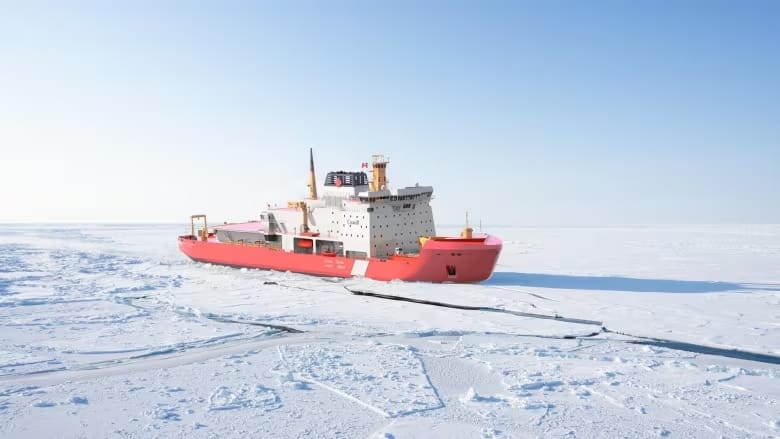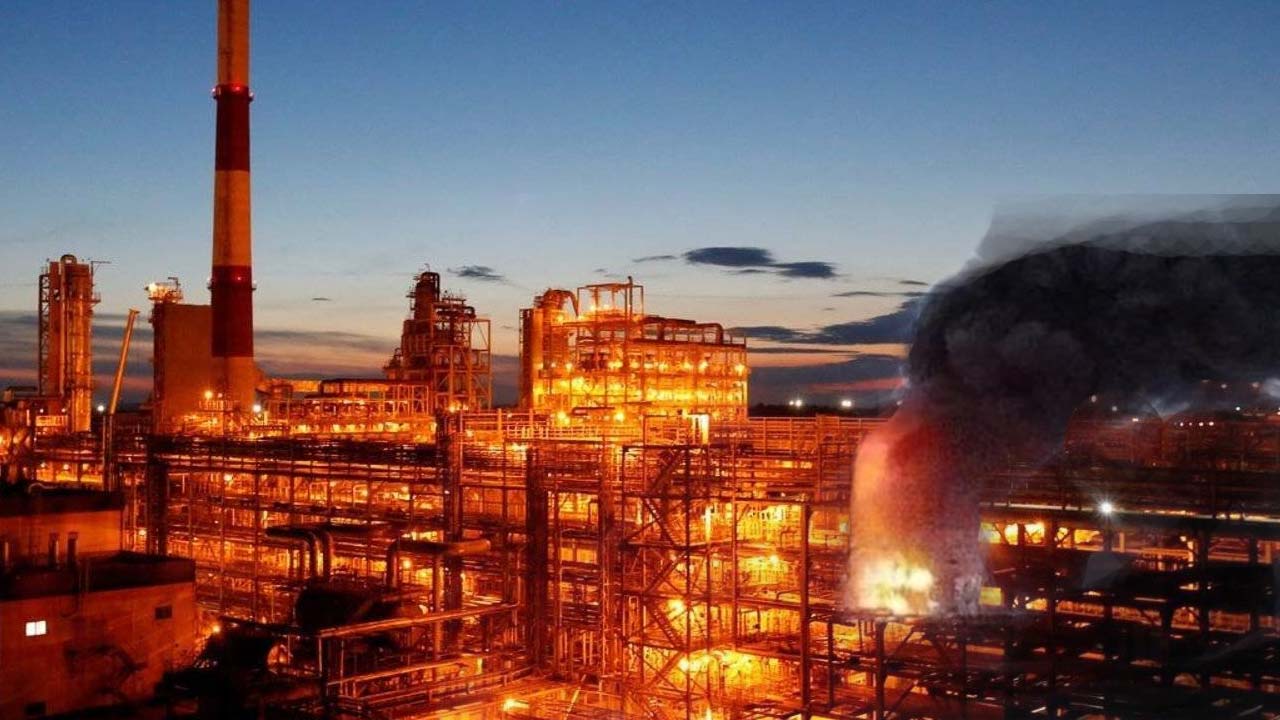The Arctic Debrief: Arctic LNG 2 begins delivery using 'shadow fleet'
In this edition of The Arctic Debrief: Arctic LNG 2 begins delivery using 'shadow fleet;' Melting Arctic sea ice may actually inhibit shipping routes; and Explosion at Northern Russian oil refinery

In this edition:
- Arctic LNG 2 begins delivery using 'shadow fleet'
- Melting Arctic sea ice may actually inhibit shipping routes
- Explosion at Northern Russian oil refinery
Latest Developments
Arctic LNG 2 begins delivery using 'shadow fleet'

Russia has begun using a "shadow fleet" to export liquefied natural gas from Novatek's heavily sanctioned Arctic LNG 2 facility.
The vessel, identified as LNG tanker Pioneer, was spotted at the Arctic LNG 2 facility on Aug. 1. The vessel did not show up on any tracking sites and has only been tracked via satellite imagery. The Pioneer spoofed its tracker, faking its actual location while it traveled to fill its LNG container.
On Aug. 7 the vessel reappeared off the coast of Northern Norway. This is likely the first of many ships that will be a part of Russia's LNG "shadow fleet" used to circumvent western sanctions.
While the ship was making this journey, the Pioneer's AIS tracker was showing a strange route pattern including the ship going back and forth between two points. At the same time the ship was about 1000 miles away at the facility.
Other LNG vessels that were suspected to be used for Russia's "shadow fleet" showcased similar behavior, but have not yet been spotted by satellite imagery. Multiple of Russia's refineries and facilities are under heavy sanctions and were unable to export LNG due to a lack of available LNG tankers.
While Russia is constructing LNG tankers to not rely on foreign states and companies, it will take years to develop its own fleet.
The news of the Pioneer shipping Novatek's LNG was first reported by gCaptain.com.
Melting Arctic sea ice may actually inhibit shipping routes

Arctic shipping and the use of northern shipping routes has entirely relied on the fact that Arctic sea ice is melting at an increased rate, making the route accessible for longer periods of time.
Over the past decade the shipping season increased from two months to about 4-5 months. Outside of the season the Arctic sea ice becomes too thick for all ships except for nuclear ice-breakers, which could still struggling depending on the area they're traversing.
However, a recent research paper shows that in addition to the thinner outer sea ice melting opening the path for Arctic shipping, it is also allowing thicker and significantly larger ice-chunks to float into the Arctic sea. The size of this sea ice significantly endangers vessels traveling along the path even during the summer season.
Although ice-breakers would be able to clear this ice, it can damage or sink non-Arctic vessels. Multiple ships traveling along the Arctic had to stop their journey to wait for the ice to clear or for an ice-breaker to lead the ships out.
Explosion and fire at Northern Russian oil refinery

Reports and videos surfaced on Aug. 6 showing Lukoil's Usinsk oil refinery in the Komi Republic. The company did not state the reason for the explosion and fire, claiming that the damage sustained was minor and the facility would not face significant disruptions.
However, there is speculation that the explosion and fire were due to a Ukrainian drone strike. The Ukrainian military has hit multiple targets in Russia's Arctic, including another oil refinery and an air force base.
Ukraine's strikes within Russia have been targeting the country's oil sector as it represents a major part of the economy fueling the war.
Another possibility is that Russian industries that rely on western technology are struggling to replace crucial parts to keep facilities operating. This is seen across a number of sectors, but is especially highlighted in the oil and gas industry.

